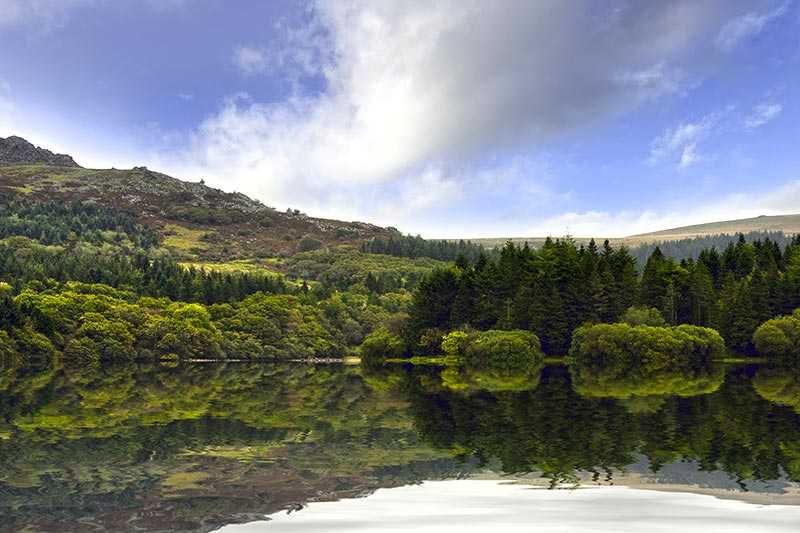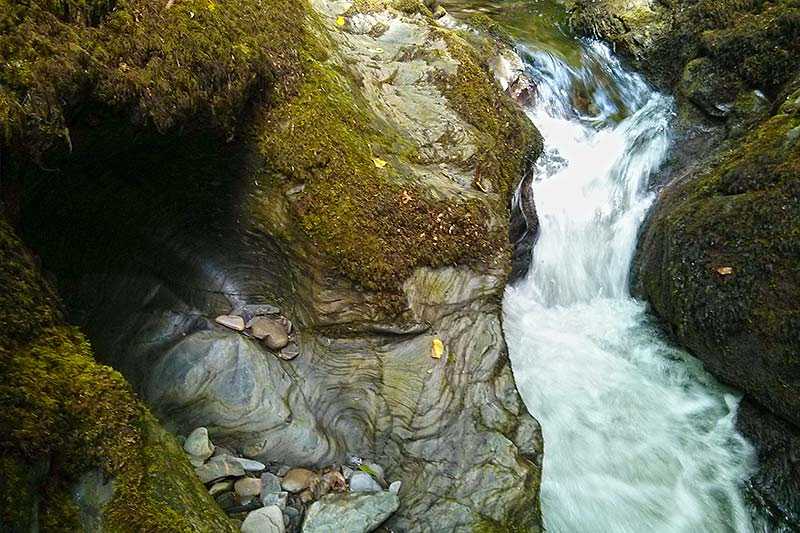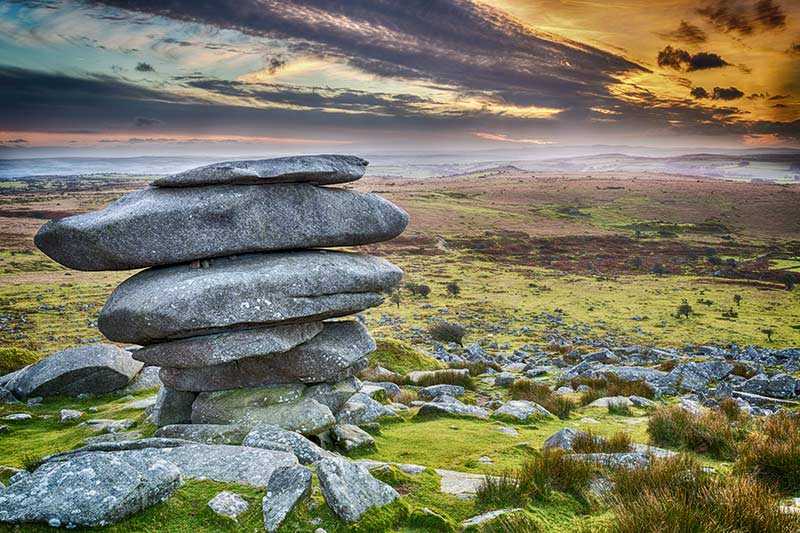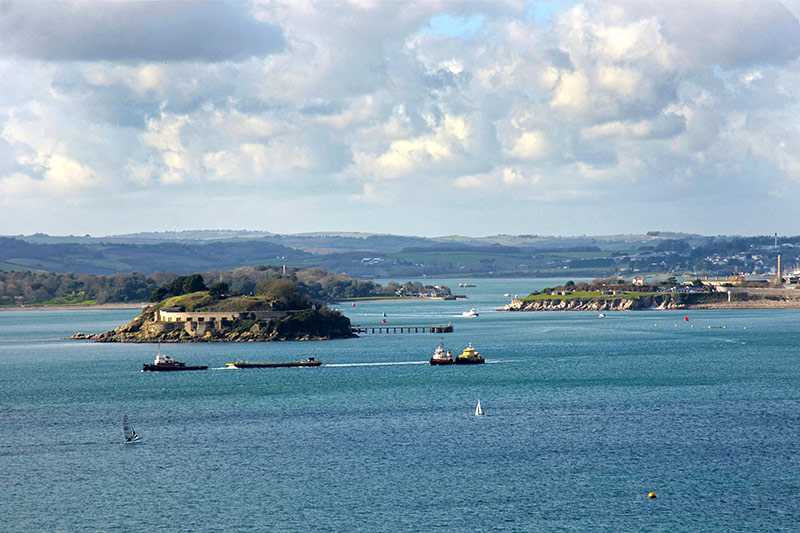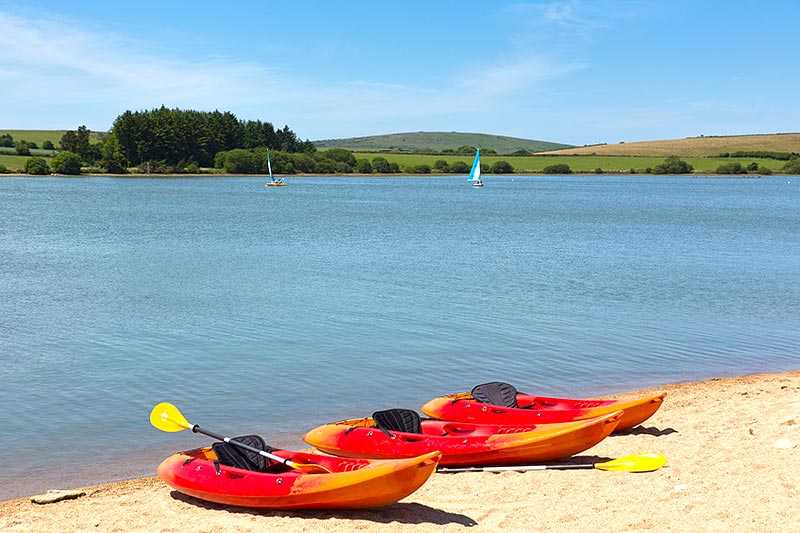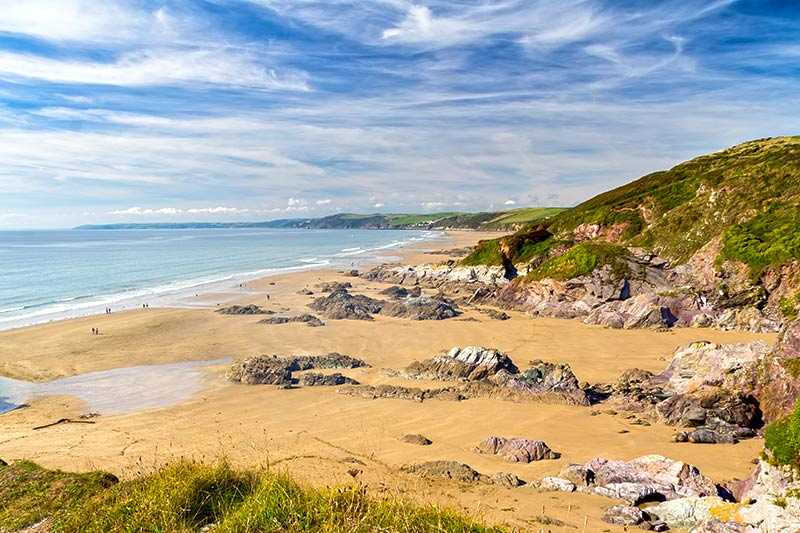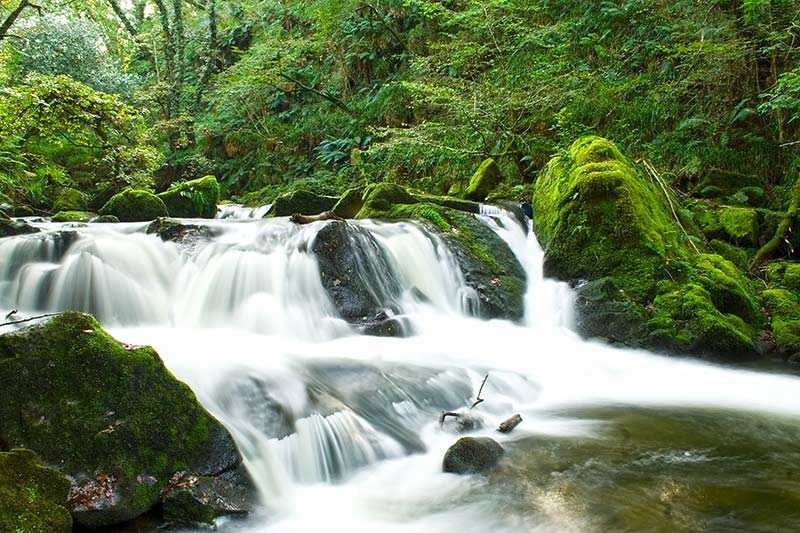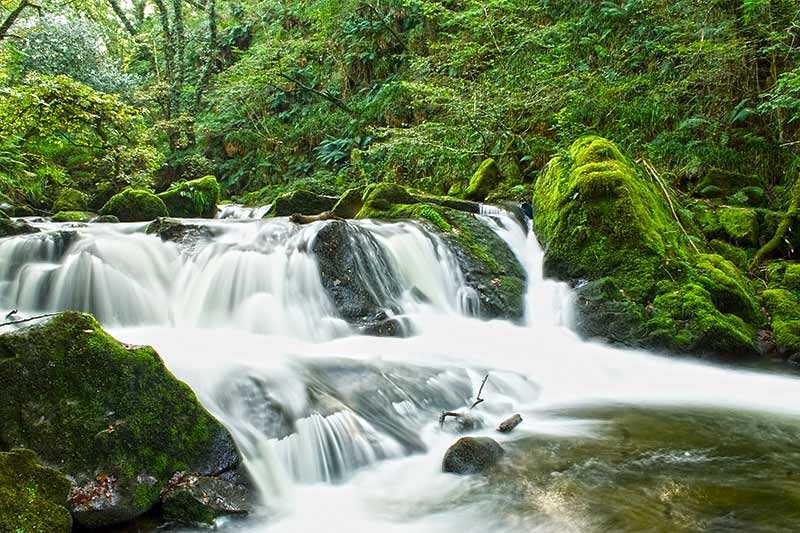Tamar Valley AONB
About Tamar Valley AONB
Designated in 1995, the Tamar Valley AONB covers around 195 km2 (75 mi2) of land around the River Tamar and its tributaries, the Tavy and Lynher, in south west...
About Tamar Valley AONB
Designated in 1995, the Tamar Valley AONB covers around 195 km2 (75 mi2) of land around the River Tamar and its tributaries, the Tavy and Lynher, in south west England. As these three rivers flow on towards the estuary, near Plymouth, they pass through meandering gorges and wooded valleys.
Fauna and Flora
The ancient woodlands and wetland...
Things to do near Tamar Valley AONB
Attractions near Tamar Valley AONB
Activities
About Tamar Valley AONB
About Tamar Valley AONB
Designated in 1995, the Tamar Valley AONB covers around 195 km2 (75 mi2) of land around the River Tamar and its tributaries, the Tavy and Lynher, in south west England. As these three rivers flow on towards the estuary, near Plymouth, they pass through meandering gorges and wooded valleys.
Fauna and Flora
The ancient woodlands and wetlands in this unspoilt drowned valley river system provide a wide variety of wildlife habitats. The wetlands are important wintering grounds for many wildfowl and wading birds such as shelduck, wigeon, curlews, avocets and spoonbills. There’s also a chance of seeing an osprey, as there is an important ongoing project to encourage them to recolonize the area.
Activities
There are numerous footpaths and bridleways and some named walks such as the Discovery Trail, a 48 km (~30 mi) way marked route from Plymouth to Launceston which passes through woodlands, river quays and villages; and Tamar Trails which have opened up parts of the Valley not previously accessible and are also suitable for cyclists, horse-riders and. mountain bikers.
In fact, the area is great for mountain biking – there are now two sites which claim to have some of the world’s most challenging downhill tracks: Tavi Woodlands and Gawton.
The Tamar Trails also include the Hidden Depths Geocache Trails, for those interested in this high-tech treasure hunting game.
As well as this, there is a wealth of history, wildlife and local folklore to explore in the region.
